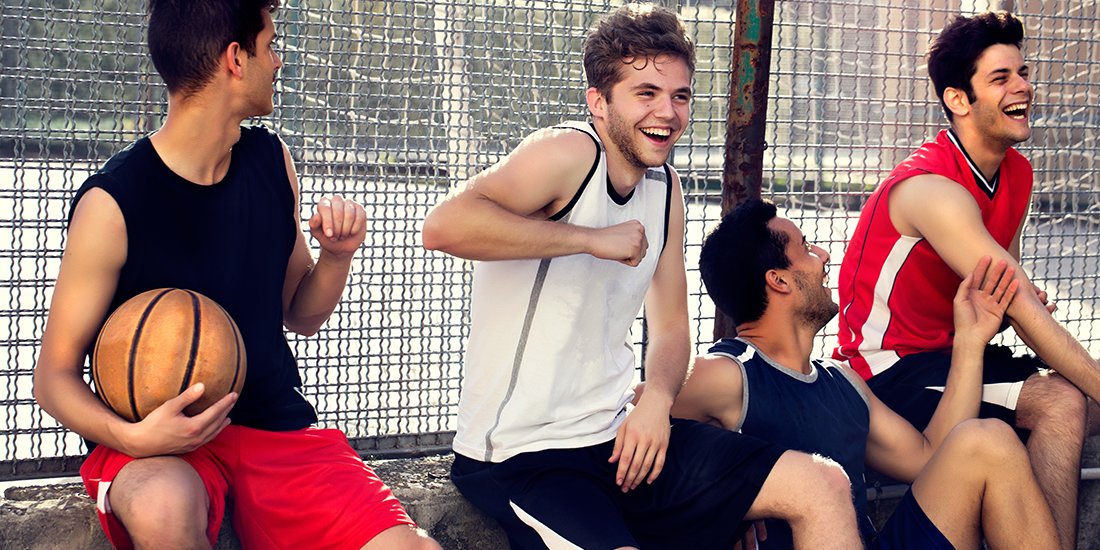Print
Bullying is defined as “abuse and mistreatment of someone vulnerable by someone stronger, and/or more powerful.” Although bullying is thought to be less common in sports than in school, bullying does occur in sports and it is important to understand the signs.
- Athletes being bullied may show the following signs:
- changes in sleeping and eating patterns
- frequent mood swings
- aggressive behavior
- apprehension about attending team functions
- physical symptoms (e.g. feeling ill before practices, headaches, unexplained injury
- contemplation or attempt of suicide
- Behaviors of coaches that can help identify bullying include:
- justification of behavior as athletic culture
- backhanded or forced apologies
- Emotional bullying involves non-physical violence and is just as harmful
- Examples include : Teasing, spreading rumors, threatening, name-calling, humiliation, ridicule
|
Want More Information? |
|
| References: Chang, C., Putukian, M., Aerni, G., Diamond, A., Hong, G., Ingram, Y., ... & Wolanin, A. (2020). Mental health issues and psychological factors in athletes: detection, management, effect on performance and prevention: American Medical Society for Sports Medicine Position Statement—Executive Summary. British journal of sports medicine, 54(4), 216-220. Alexander, K., Stafford, A., & Lewis, R. (2011). Main report. The experiences of children’s participation in organised sport in the UK. Swigonski NL, Enneking BA, Hendrix KS. Bullying behavior by athletic coaches. Pediatrics. 2014;133:273–275. |
|

